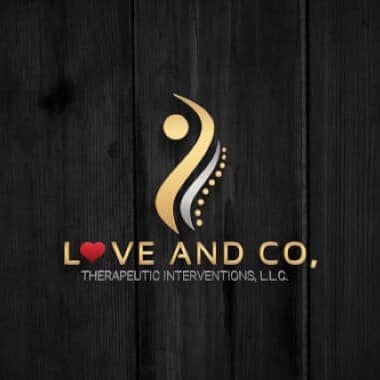When you think of therapy, you might picture a quiet room, a therapy swing, or a stack of flashcards, but the truth is, therapy doesn’t have to stay in the clinic. Real learning happens in real-life settings. Everyday community places like the grocery store, library, and playground are full of opportunities to strengthen your child’s communication, social, and sensory regulation skills.
That’s why it’s so important for parents and caregivers to take what they’ve learned from therapists and apply it in everyday life. Therapy works best when it’s a team effort, when families, therapists, and children work together. By weaving therapy strategies into daily routines, parents help reinforce skills, build confidence, and create consistent learning opportunities. This kind of collaboration can make all the difference in helping your child reach their full potential, not just in the clinic, but everywhere life takes them.
Let’s take a look at how you can bring therapy on the go! Don’t forget your child’s AAC, if they use it!

At the Grocery Store: Communication & Regulation
Therapy Goals:
Labeling, requesting, following directions, and sensory tolerance
Try This:
- Label items as you shop. “I see apples. What do you see?”
- Encourage requesting by offering choices: “Do you want bananas or grapes?”
- Practice following directions: “Can you put the cereal in the cart?”
- Talk about categories: “Let’s find something that is a vegetable.”
- Bring headphones or chewy toys for sensory support if the store is noisy or crowded.
Bonus Tip: Use a visual grocery list with pictures to help your child stay engaged and feel a sense of accomplishment as they check off items.

At the Library: Language & Social Skills
Therapy Goals:
Turn-taking, vocabulary building, narrative skills, and joint attention
Try This:
- Take turns picking books and talking about why you chose them.
- Label emotions and actions in stories: “The bear is crying. Do you think he is happy or sad?”
- Encourage narrative skills by asking your child to retell the story in their own words.
- Practice social greetings with the librarian: “Can you say hello?” or wave.
- Use whisper voices as a sensory and self-regulation activity in a quiet space.
Bonus Tip: Let your child choose a “theme” (like animals or trucks) and go on a book hunt around the library together.

At the Playground: Movement & Social Play
Therapy Goals:
Turn-taking, motor planning, requesting help, sensory integration
Try This:
- Model turn-taking language: “It’s your turn, now it’s mine!”
- Encourage requesting help: “Do you want me to push you? Say, ‘push, please.’”
- Use pretend play: “Let’s go on a pirate adventure, climb the ship!”
- Label movements: “Swinging up! Sliding down!”
- Monitor sensory input, some kids may seek out movement, others may become overwhelmed by busy playgrounds.
Bonus Tip: Bring visual cues or a mini first/then board to help with transitions (e.g., “First swing, then snack”).
Final Thoughts
Community-based activities aren’t just errands or outings; they’re powerful opportunities to support your child’s development. By embedding therapy goals into natural routines, you help your child practice skills where they matter most. Plus, it’s fun, freeing, and a great way to build confidence and independence.
So next time you’re headed out, don’t worry about squeezing in more therapy time, bring it with you!

Love & Co. Therapeutic Interventions
referrals@loveandcompanytherapies.com
☎ 1 (941) 557-3881
☎ 1 (941) 264-8641

Leave a Reply